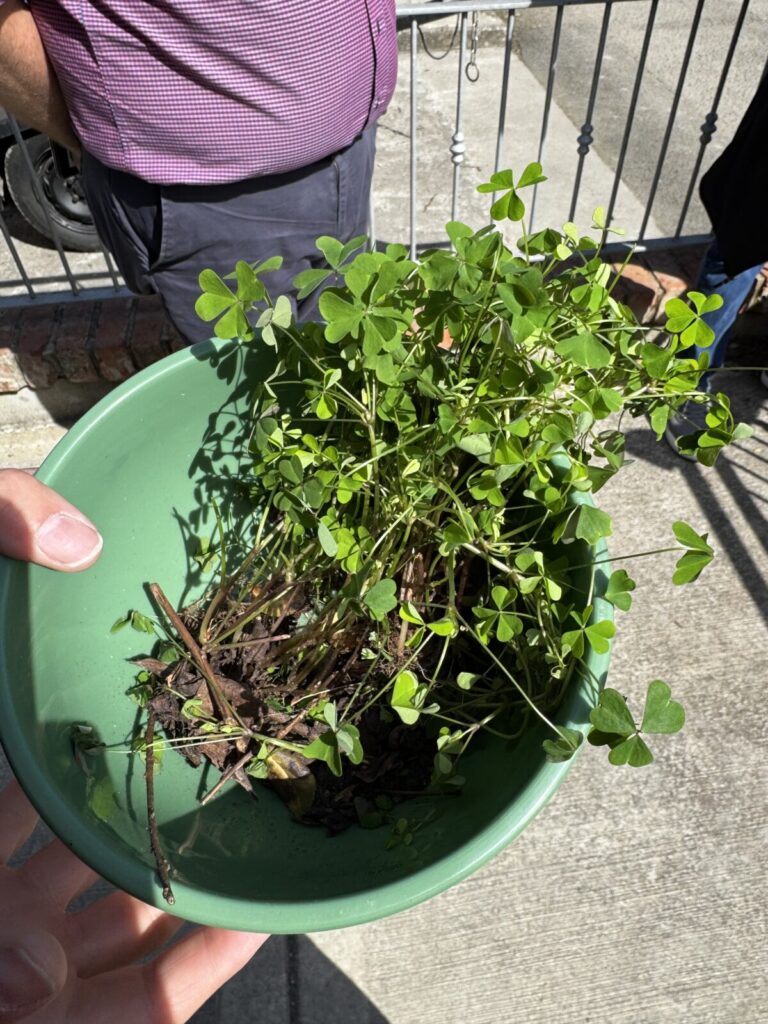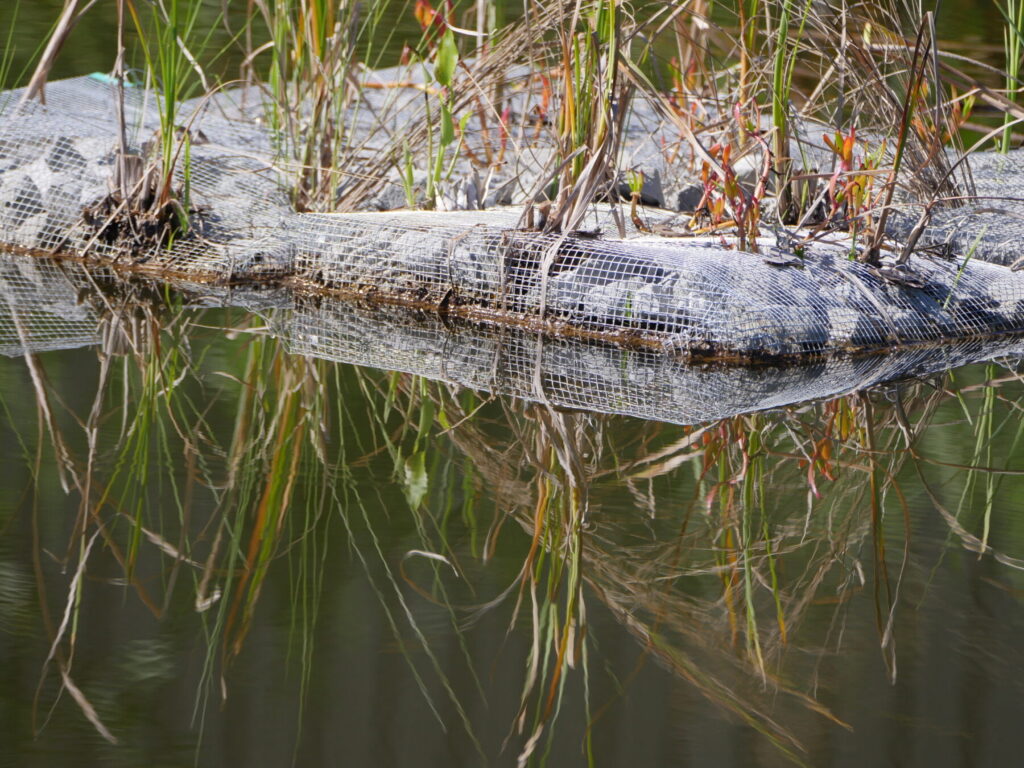Per- and Polyfluoroalkyl Substances (PFAS), also known as forever chemicals, and microplastics have both become significant environmental concerns. Some people even believe they are the same. Dr. Sarah White, a nursery extension specialist and professor at Clemson University’s Department of Plant and Environmental Sciences is collaborating with the Lamm Lab on a USDA ARS project designed to understand consumer concerns about water contaminants (including PFAS). She clarified that PFAS and microplastics are different compounds while discussing differences in a recent episode of the Agricurious podcast hosted by Dennis Baffour-Awuah, which also featured Masoud Yazdanpanah, a researcher from the Agricultural Leadership, Education and Communication Department at the University of Georgia.
Dr. White explained that PFAS are stable compounds used in various products such as waterproof materials, non-stick coatings, and clothing. While highly useful due to their durability and resistance to degradation, they become problematic once they leave their intended application, persisting in the environment. Microplastics, on the other hand, originate from larger plastic particles known as polymers that degrade over time and release into the environment. She likened this to a child’s sandbox bucket: useful for hauling sand but easily shattered after sitting outside for a year. Although it appears intact, it begins to degrade under exposure to light and temperature. She further explained that microplastics can act as carriers for PFAS because their surface chemistry allows PFAS to bind to them, facilitating the movement of these chemicals in the environment.



Dr. White also addressed the risk of PFAS in agricultural systems. She explained that PFAS is primarily detected in land application of sludge or in groundwater, often found near sites that manufacture, produce, or discharge products, as well as near airports or military facilities. There is a risk of these chemicals seeping into underground water sources and being used for irrigation in agricultural fields close to these sites, which heavily depend on underground water.
She said, “Is there a risk for PFAS getting into our foods? Frankly, yes, because it does get into the soil, the plants absorb it, they will take it up, and it will be fixed within the tissues. So, depending on what type of crop we are talking about, whether we are growing it, or if we are doing hydroponic production and greenhouse, and our water is contaminated with PFAS, there is definitely an opportunity for PFAS to be within the food crop. And there have been instances that it has been measured and recorded in tomatoes and other plants, so there is reason to be aware of the potential for this, but it is not everywhere, and typically, the concentrations are relatively low.”
Masoud emphasized the importance of education, awareness, and policy development at both national and global levels to reduce plastic use and its impacts. He highlighted that this issue is a global concern affecting everyone. For example, contamination in the Persian Gulf through Iran could impact people in Australia, North America, and Qatar, as they might consume food from these waters. “So it’s a concern across the world and we should tackle it at the micro level, creating knowledge about the problem to make people cautious about the use of plastics. At the global level, it is important to design policy to help encourage people use less plastics.”
Dr. White concluded by emphasizing the ongoing efforts of researchers and government agencies to test for PFAS contaminants and build a more comprehensive understanding of them. She pointed out the challenge of inadequate science communication and called for more opportunities for scientists to improve how they communicate about issues like PFAS and microplastics to the public.
Listen to the full conversation with Dr. White and Masoud on episode 6 of the Agricurious podcast.